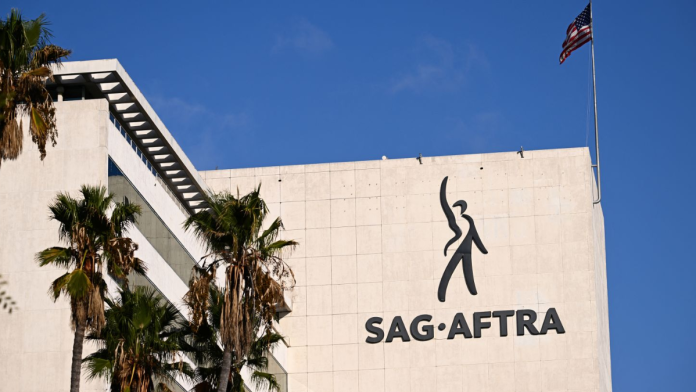In a major win for performers, members of SAG-AFTRA have voted to approve the 2025 broadcast television code with overwhelming support. A stunning 96.48% of voters said “yes” to the new deal, while only 3.52% voted against it.
The code is one of the most important agreements for people working in television. It covers both live and recorded programming shown across broadcast networks throughout the day. This includes talk shows, award shows, entertainment programs, sports, and special live events.
SAG-AFTRA President Fran Drescher said the agreement reflects the union’s values, highlighting progress on protections for young performers, hair and makeup equity, and the use of intimacy coordinators. Her statement emphasized that the union has “locked in meaningful gains for performers across all categories, while building a foundation for future victories on critical issues like artificial intelligence.”
Key Wage and Benefit Increases
One of the biggest wins in the new code is the increase in pay. Members will see a wage bump of 3.5% in the first year, followed by 3% in the second year and another 3% in the third year. Together, this equals a 9.8% increase over the three years. On top of that, some performer categories will see additional targeted raises.
Federal court sentences 6 in forced labor case involving child victims and cult group
Retirement security also got a boost. The new agreement increases the contribution rate to the retirement fund by 1 percentage point. On top of that, a reallocation of existing funds effectively raises the total contribution by 3.3 percentage points. This adds critical resources to help safeguard retirement benefits for members.
SAG-AFTRA National Executive Director and Chief Negotiator Duncan Crabtree-Ireland praised the outcome, noting that the deal increases wages, strengthens retirement benefits, and secures future safeguards on artificial intelligence. He also credited the negotiating team, led by Chair Keri Tombazian and lead negotiator Ray Rodriguez, for their dedication and expertise in securing the agreement.
Health and safety were also addressed. Performers will now get clear information about how to request disability accommodations, and this must be provided no later than the first day of employment.
Expanded Protections and New Coverage
Beyond pay and benefits, the 2025 code brings many important workplace improvements. For example, future rules about artificial intelligence, once agreed on in 2026 TV and film negotiations, will automatically be included in this code. This ensures that members in broadcast television will not be left behind when it comes to new technologies.
📜 One clause away from collapse — how startups are unknowingly breaking labour laws
High-budget non-dramatic entertainment shows created for streaming services will now have to follow the same minimum terms as broadcast TV. Sports broadcasters working on specific streaming events are also newly covered under this agreement.
Young performers gained stronger safeguards. The code now requires background checks for supervisors or teachers who work with minors. It also ensures that parents and guardians can access live audio or video feeds while their children are working. Emancipated minors must meet clear education requirements as well.
Performers in sensitive scenes are better protected too. Producers must make their best efforts to hire intimacy coordinators for scenes involving nudity or simulated sex. Background actors must also be notified at least 48 hours in advance if nudity or simulated sex will be required.
The deal also delivers fairer pay for specialty performers. Dancers in the Super Bowl Halftime Show will now receive improved rates. Singers who record multiple tracks, known as “multi-tracking” or “sweetening,” three times or more in a session will also get higher payments.
These updates make sure that performers are valued and protected no matter what role they play or type of work they do.


